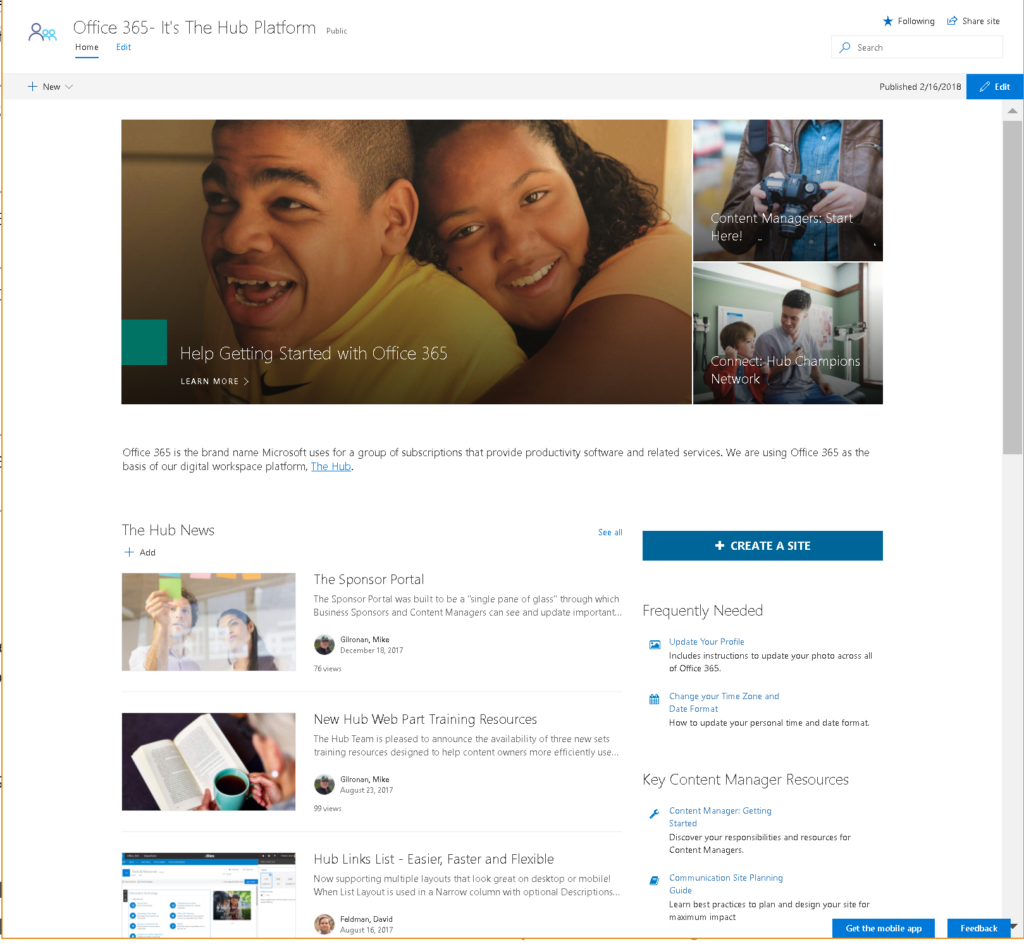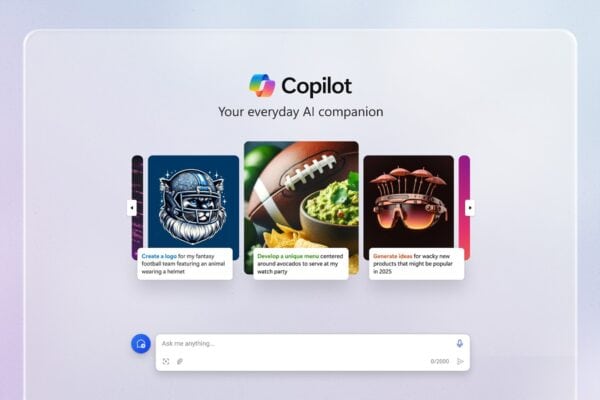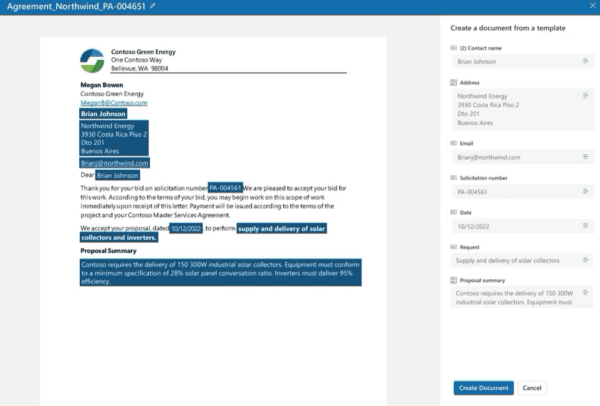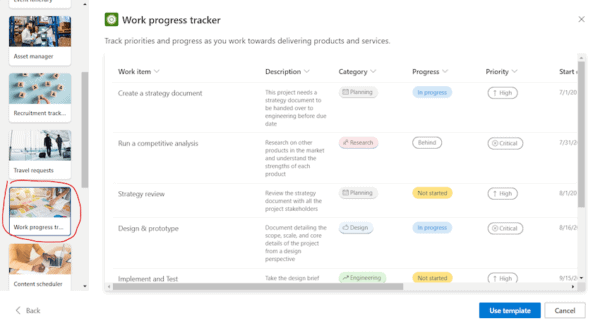
Office 365 – The Hub Platform

Over the past year and I half I’ve been privileged to work on work on one of the first modern intranet’s for a fantastic biotech company, Shire. My role is the associate director of collaboration responsible for SharePoint, Yammer, and OneDrive and related technologies. Two companies, Shire and Baxalta were coming together and looking to create a new intranet for the entire company.
As the lead architect for the Intranet and a long term SharePoint guy, I was passionate about being a part of the renaissance that SharePoint was experiencing. Our timing was a bit ahead of the product but we were able to make decisions aligned with our long term goals of modern, mobile, and out of the box even when we needed to build a few temporary solutions to ensure we met the needs of the business.
6 months after the general availability of communication sites, we have launched over 300 communication sites and 3000 modern team sites in our governance first self-service intranet.Being first comes with unique challenges but also some fantastic opportunities to share lessons learned with companies who are redesigning their intranet right now.
I had a great conversation a couple weeks ago with a friend who’s designing right now and was deciding between classic and modern for the root of her intranet. We collaborated on some pros and cons so I wanted to share these with the hopes that it helps others who may be asking the same question.
What is Classic, What’s Modern?
Classic SharePoint is based on Microsoft’s ASP.NET web technology. The pages are rendered on the server and HTML is sent over the wire to clients. When a user clicks, the page posts back to the server and the server renders the new html. This back and forth can make interaction seen a bit slower as you need to go roundtrip to the server for each edit. This technology was not designed for modern connected devices and works best on desktop browsers.
Modern SharePoint is pages are based on modern web development standards and are written in JavaScript and run on your device for a faster, natively mobile responsive application experience. This new set of experiences was designed for mobility and leverage a number of native iOS and Android applications such as SharePoint, OneDrive, Planner, and Teams.
Building a Classic SharePoint Online Intranet
Most customized classic intranets in SharePoint rely on master pages for their branding. It is possible but more challenging to customize relying only on css and javascript injection which is more complex and costly but doesn’t have the same supportability challenges.
If you are going to design in classic, please be sure to follow these best practices from Microsoft for the best supportable outcome: https://docs.microsoft.com/en-us/sharepoint/dev/solution-guidance/portal-branding
| Master Pages | The ultimate in user interface customization. One can rewrite or customize any aspect of the page chrome giving you the ability to make SharePoint not look like SharePoint. Customizing Master Pages in SharePoint Online is not recommended by Microsoft.Avoid customizing master pages. As mentioned above, updates to the service, may affect the structure of out of the box master pages. If you have implemented custom master page copying the contents of any out of the box master page, you will need to further monitor if this out of the box master page is not updated, and re-implement these changes in your custom master page.Otherwise, some SharePoint functionality may start behaving incorrectly, when your custom master page is in use. That’s why customizing master pages leads to additional risks and maintenance costs, and it’s recommended to avoid it, when possible. |
| Mature 3rd Party design options and templates |
A very mature eco-system of 3rd party options and intranet in a box solutions exist. These can provide a jump start or cost savings versus developing your own custom solutions.Be aware that deep knowledge of SharePoint development (placeholders, delegate controls, HTML and CSS) required to make changes to these solutions and they are not generally compatible with Modern SharePoint. |
| Mature patterns and tooling for customization |
Even within a responsive template, all content must be designed to be responsive via custom CSS as the native webparts and text editors are not designed for mobility |
| Classic webparts and customization techniques |
Some customization techniques such as JSLINK for list customization, Display Templates for search based applications, or Filter WebParts don’t have a modern equivalent |
| Classic and Modern Hybrid UX challenges |
Inconsistency between Intranet Home and Modern Team and Communication Sites can be confusing to users |
| Modern Pages in Classic Sites |
Classic customization techniques do not apply to modern pages within the site such as the Document Library, Lists, Site Contents etc. |
| Doesn’t support Modern News |
Does not support Modern News (rollup to SharePoint Home or Mobile).Doesn’t support News Alerts on MobileDoesn’t rollup news to a Hub Site |
| Limited Hub Site Support | No shared Hub Navigation or shared theme with other Hub connected sites |
Building a Modern SharePoint Intranet with Communication Sites
Microsoft’s fully supported forward direction for Intelligent Intranets. Communication Sites will allow you to quickly create an out of the box responsive intranet and extend where necessary using the SharePoint Framework.
Communication Sites are not supported in the root Site Collection for your tenant so you’ll need to create it under the /sites/ path and use a little JavaScript to redirect to the Intranet. This can be done with no user perceptible impact.
| Responsive out of the box | Both the site chrome and all webparts are automatically optimized for modern mobile devices. |
| 3rd Party solutions may be immature |
Developers less skilled with modern customization techniques may have a tough learning curve.
|
| Anyone can design a great looking intranet |
Easily updated without third party or IT support. You need some great pictures and writing skills but significantly lowers the |
| Consistency between Modern Team and Communication Sites. |
Maintains continuity in design and function of rest of the new Intranet and Collaboration Sites. If you use SharePoint framework to extend the design, the changes can be easily applied to all modern sites. |
| Evolving Platform | Continually evolving as Microsoft releases mature the platform. For example: Hub Sites, News Alerts, Parallax Scrolling, Image Search and Image Cropping have all shipped since the launch of Communication Sites |
| Hub Sites | Hub Sites will allow you to connect a number of Site Collections with a common Hub navigation, shared theme, news roll-up and ability to search across all Hub connected sites.Unlike sub-sites, one can easily reorganize what Hub a site is connected to to adapt as your organization changes over time. |
| Extensible with SharePoint Framework | Can extend with 3rd Party or custom webparts or extensions on site pages for customized look and feel or functionality |
| Safer to customize |
Modern Customizations are designed to not break as SharePoint evolves and changes. As an example built in locations for top and bottom user interface |
| Get started with free PNP samples | Large collection of open source Web Parts available from Microsoft Patterns and Practices |
Conclusions
For me this is really about aligning with where the product is going to get the best user experience for my company and reducing the amount of rework we’ll need to do over time.
There were some classic sites we build early on when communication sites weren’t available and it’s been painful to go back and rebuild once users have moved in and settled into their sites. For those who are starting now, I’d encourage you to seriously consider if there are hard constraints that would prevent you from starting modern.
I’d love to talk with you about your questions and help as many folks be successful with their SharePoint based intranets as possible. If you’d like to learn more there some great events coming up on the east coast and west coast. I’ll be at SharePoint Fest DC March 26 – 30, 2018and SharePoint Conference North America May 21- 23 in Las Vegas
Reference:
Feldman, D. (2018). Starting a new intranet? Decide between Classic SharePoint and Modern Communication sites – BostonMusicDave. [online] Available at: https://c7solutions.com/2018/02/office-365-retention-policies-and-hybrid-public-folders [Accessed 14 Mar. 2018].











